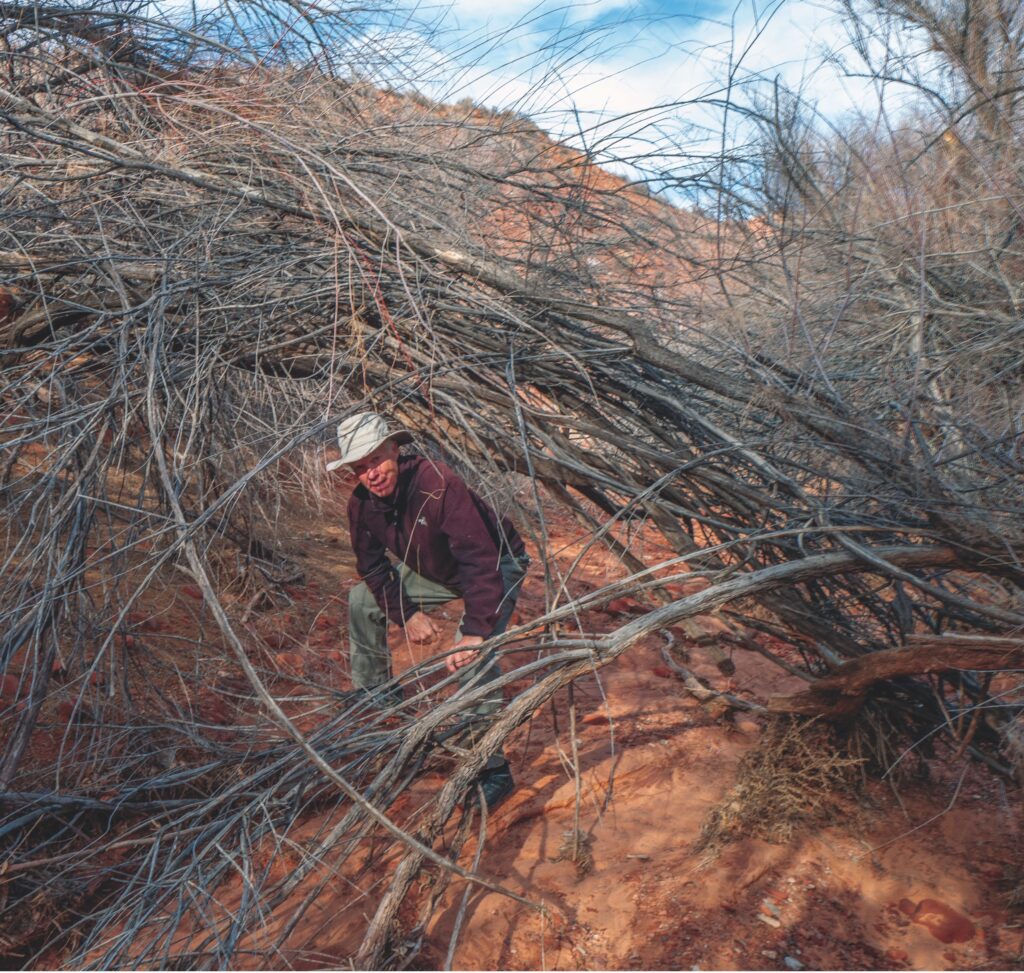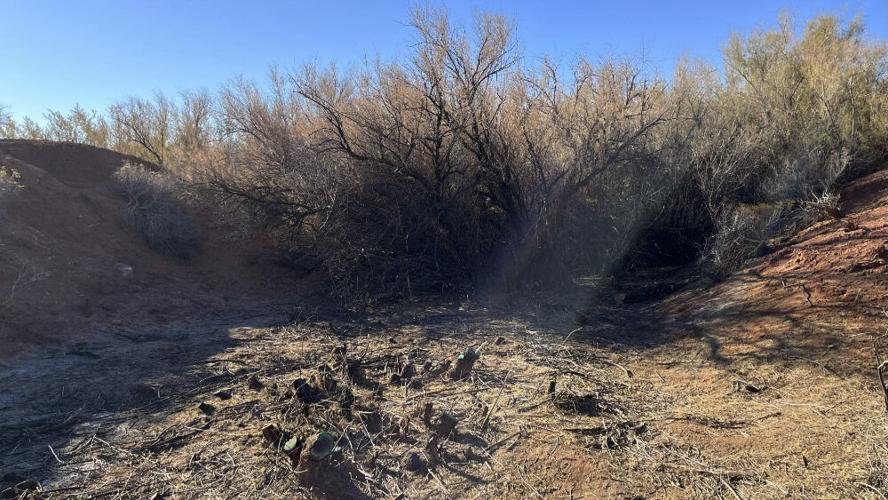
Why the Natives are so Important – Plants that is
As with every community, there are tensions between the natives and the newcomers. In the plant world, these issues arise in competition for space and water, and are felt in the symbiotic relationship between the plants and animals which depend on each other. Thus, in the city of Ivins, where we are dedicated to preserving the natural desert landscape, distinguishing between native and invasive plants is critical to both the health and beauty of our environment.

The strength and value of native plants—and their particular place in the beauty of Ivins—is the driving force behind the Desert Preservation Initiative’s year-long project to create two essential plant databases, This effort, led by internationally known botanist Terrence Walters, is developing one database of invasive plants and a second database of restoration plants, or native plants to be used in replanting areas where invasive plants, such as tamarisk, have been removed.
“We get it that residents who are used to seeing greenery and plant growth in areas where invasives are removed are troubled by the visual changes and have concerns about issues such as erosion,” says Walters. “By cataloging native plants that will thrive in specific restoration areas (e.g., deep ravines, drainage systems, sides of ravines, habitats that have been completely altered by invasive species) and where such plants can be purchased, we are laying the groundwork for effective replanting as needed.”
The value of native plants is simple—they are healthier and stronger, are more likely to establish quickly and will naturally be hardy and healthy. Having evolved over thousands of years, native plants grow in harmony with the environment, the soil, the water supply, the varying weather throughout the seasons, and other native companions.
